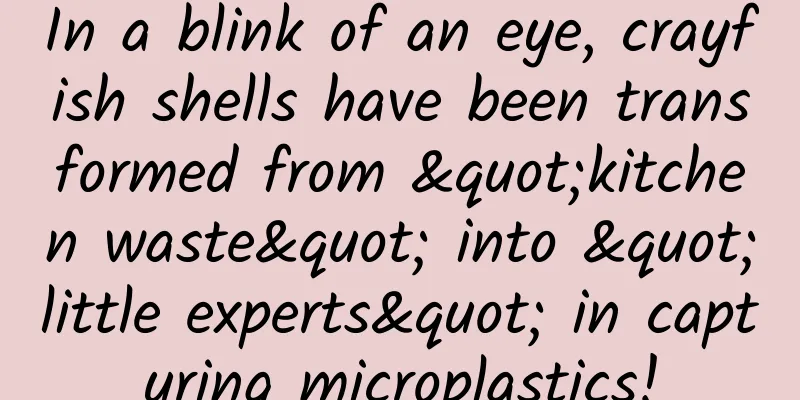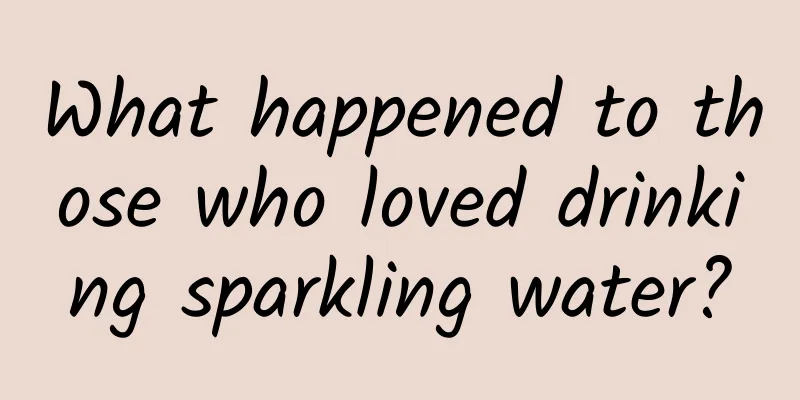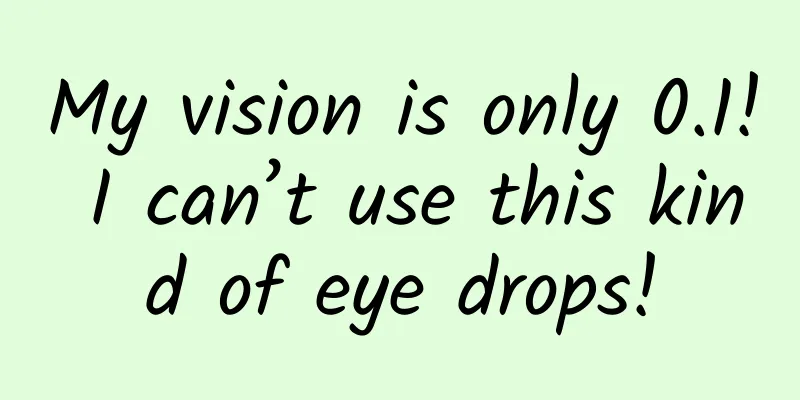In a blink of an eye, crayfish shells have been transformed from "kitchen waste" into "little experts" in capturing microplastics!

|
Author: Shi Xiangqi and Li Chuanfu Microplastic pollution has become a global environmental problem. With a diameter of less than 5 mm, it is widely present in the ocean, fresh water, drinking water and air, posing a potential threat to human health and the natural environment. Recently, Professor Deng Hongbing's team from the School of Resources and Environmental Sciences of Wuhan University used discarded crayfish shells as raw materials to develop a new type of all-biomass fiber sponge material, which showed extremely high efficiency in removing microplastics from water. The crayfish industry is a model industry for rural revitalization in Hubei Province. While the crayfish industry is booming, Wuhan produces nearly 100,000 tons of surplus shrimp shells each year, which has caused serious environmental pollution problems. Professor Deng Hongbing's team found that by treating discarded crayfish shells with acid and alkali, chitin fiber skeleton materials can be obtained. This material can effectively capture microplastics without causing secondary pollution to the water body. In further research, the team used the dual strategies of "hydrogen bond induced rearrangement" and "multi-level structure exposure" to interrupt and rearrange the two native hydrogen bond networks of chitosan (α- and β-chitosan) in shrimp chitosan and squid bone and cuttlefish bone, forming a multi-level fiber framework sponge material. The adsorption capacity of this material for 100nm polystyrene microspheres is as high as 411.14mg/g, which is 3-48 times that of other reported chitosan/chitosan adsorption materials. The picture shows the comparison of shrimp shells before and after processing During the preparation process, the research team adopted a top-down "multi-level structural exposure" strategy, and through two steps of simple acid-base treatment, the discarded crayfish shells were prepared into three-dimensional porous crayfish shells with dual exposure of natural fiber bundle skeletons and capture sites. Crayfish shells with this structure can be put into a net bag and thrown into the water to effectively absorb microplastics in the water. In addition, this material is not disposable. The team has also developed a method to "wash" the microplastics in the used crayfish shells, realizing the sustainable application of crayfish shells and truly achieving a green cycle of "waste treatment with waste." In addition, the team proposed a new method of "dynamic conversion of forces" for biomass multi-level fiber capture materials based on high biosafety, using chitin nanofiber networks derived from squid bones and cellulose microfibers derived from cotton to self-assemble by hydrogen bonds, to construct a full biomass multi-level fiber framework with activated adsorption sites and adaptable to complex environmental factors. This material showed good adsorption capacity for polystyrene, polymethyl methacrylate, polypropylene and polyethylene terephthalate. The picture shows all-biomass fiber sponges prepared into various sizes and shapes. (Photo provided by the research team) The material is easy to prepare, does not require any cross-linking agents, and can be completely degraded, so it is also a very environmentally friendly material. In practical applications, this new all-biomass fiber sponge can remove microplastics through physical interception, electrostatic attraction, and multiple molecular interactions, and can still maintain stable adsorption under the influence of environmental factors such as inorganic particles, heavy metals, organic pollutants, and microorganisms. In the future, this material can be widely used in water purifier filter elements, large-scale tap water purification devices, sewage treatment plants and other scenarios, providing an efficient, economical and environmentally friendly solution for the control of microplastic pollution. |
<<: Don't be confused! Do you know the six key differences between influenza and the common cold?
Recommend
Why must the freezing temperature of a refrigerator be set at minus 18 degrees?
Summer is here, and the weather is getting hotter...
Why I don’t support the “Red Envelope Photo” campaign launched by WeChat!
Product Positioning Activity introduction: The pr...
How will we wash clothes in the future? Use biology to defeat biology!
When I was a child, I washed clothes by hand. It ...
How to successfully install and run Windows 3.1 on iPad
Fast Company's technology editor Harry McCrac...
Video Network Promotion Methodology
According to iResearch mUserTracker data, in 2016...
How will ByteDance react if Microsoft considers acquiring TikTok's UK business?
Microsoft considers acquiring TikTok's UK bus...
The ROI dilemma of B-side enterprise marketing!
China's Internet industry has been developing...
Which one is better for promoting, the 360 stock framework account or the Baidu stock framework account?
There is actually no fundamental difference betwe...
The Fantastic Journey of Sinus Cancer: A Battle with the "Microcosmos"
Have you ever wondered what secrets are hidden in...
Private Domain Traffic Collection System Course (Friends Circle + Community + Traffic Layout Marketing) 12 lessons completed
If you want to continue to get the old results, c...
APP operation and promotion tips: 37 free online promotion channels
The following is a complete guide that will intro...
How do big brands like McDonald's, Starbucks, and Coca-Cola quickly find loyal fans?
The purpose of marketing is to connect tasks and ...
Are colored glasses poisonous? Come and see if your glass is poisonous
gossip "Colored glass cups are poisonous and...
Marketing promotion review: Behind the screen-sweeping test games of NetEase, Snowball and others!
This article reviews and compares two test games ...
What does it mean for smart home hardware manufacturers to connect with Tencent?
On October 30, 2014, Tencent Global Partner Confe...









